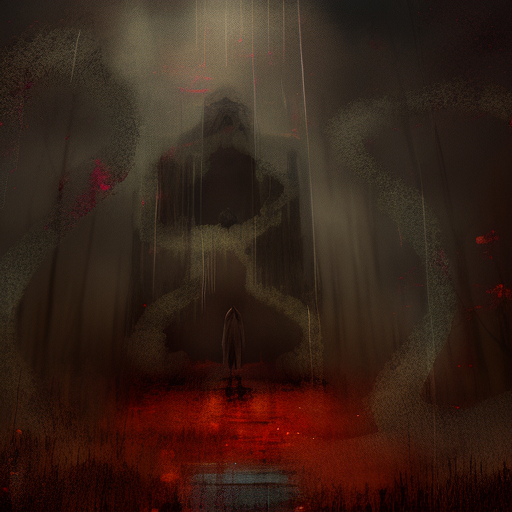One-line Summary:
Kurt Vonnegut’s “Bluebeard” is a satirical novel that explores the life of Rabo Karabekian, an eccentric artist haunted by his past, as he reflects on his experiences and the nature of art.
The Life of Rabo Karabekian
“Bluebeard” follows the life of Rabo Karabekian, an aging artist living in a secluded Long Island mansion. Rabo is known for his abstract expressionist paintings, but he harbors a dark secret from his past. As the story unfolds, Rabo reflects on his life, his relationships, and the events that shaped him.
Rabo’s journey begins in his childhood, growing up as an Armenian immigrant in the United States. He experiences the horrors of war as a soldier in World War II, witnessing the bombing of Dresden, an event that profoundly impacts him. After the war, Rabo becomes a successful commercial artist, creating illustrations for a popular comic strip called “The Sunflower.”
However, Rabo’s true passion lies in his abstract art, which he creates in secret. He eventually gains recognition as a serious artist, but his success is overshadowed by personal tragedies and a sense of disillusionment. Rabo’s relationships with women, particularly his failed marriages, play a significant role in his story, highlighting the complexities of love and the challenges of maintaining meaningful connections.
The Nature of Art
Throughout “Bluebeard,” Vonnegut explores the nature of art and its role in society. Rabo’s paintings serve as a metaphor for the human experience, capturing both the beauty and the darkness of life. Vonnegut raises questions about the purpose of art and its ability to convey meaning in a chaotic world.
Rabo’s artistic journey reflects the evolution of art in the 20th century. From his early days as a commercial artist to his later abstract works, Rabo grapples with the changing trends and expectations in the art world. Vonnegut uses Rabo’s experiences to critique the commodification of art and the pressures artists face to conform to popular tastes.
The Haunting Past
One of the central themes in “Bluebeard” is the haunting nature of the past. Rabo is haunted by his experiences in war, particularly the bombing of Dresden, which he witnessed firsthand. The trauma of the event lingers in his mind, shaping his worldview and influencing his art.
Rabo’s past also includes a secret room in his mansion, known as the “Bluebeard” room, which holds a collection of stolen paintings. This room serves as a metaphor for the hidden aspects of Rabo’s life and the guilt he carries. As Rabo confronts his past, he begins to find a sense of closure and acceptance.
- Art can serve as a powerful form of expression, capturing the complexities of the human experience.
- The commodification of art can stifle creativity and authenticity.
- The past has a profound impact on individuals and shapes their present and future.
“We are what we pretend to be, so we must be careful about what we pretend to be.” – Kurt Vonnegut
In conclusion, “Bluebeard” is a thought-provoking novel that delves into the life of Rabo Karabekian, an artist grappling with his past and the nature of art. Vonnegut’s satirical and introspective style invites readers to reflect on their own experiences and the power of art to convey meaning.












